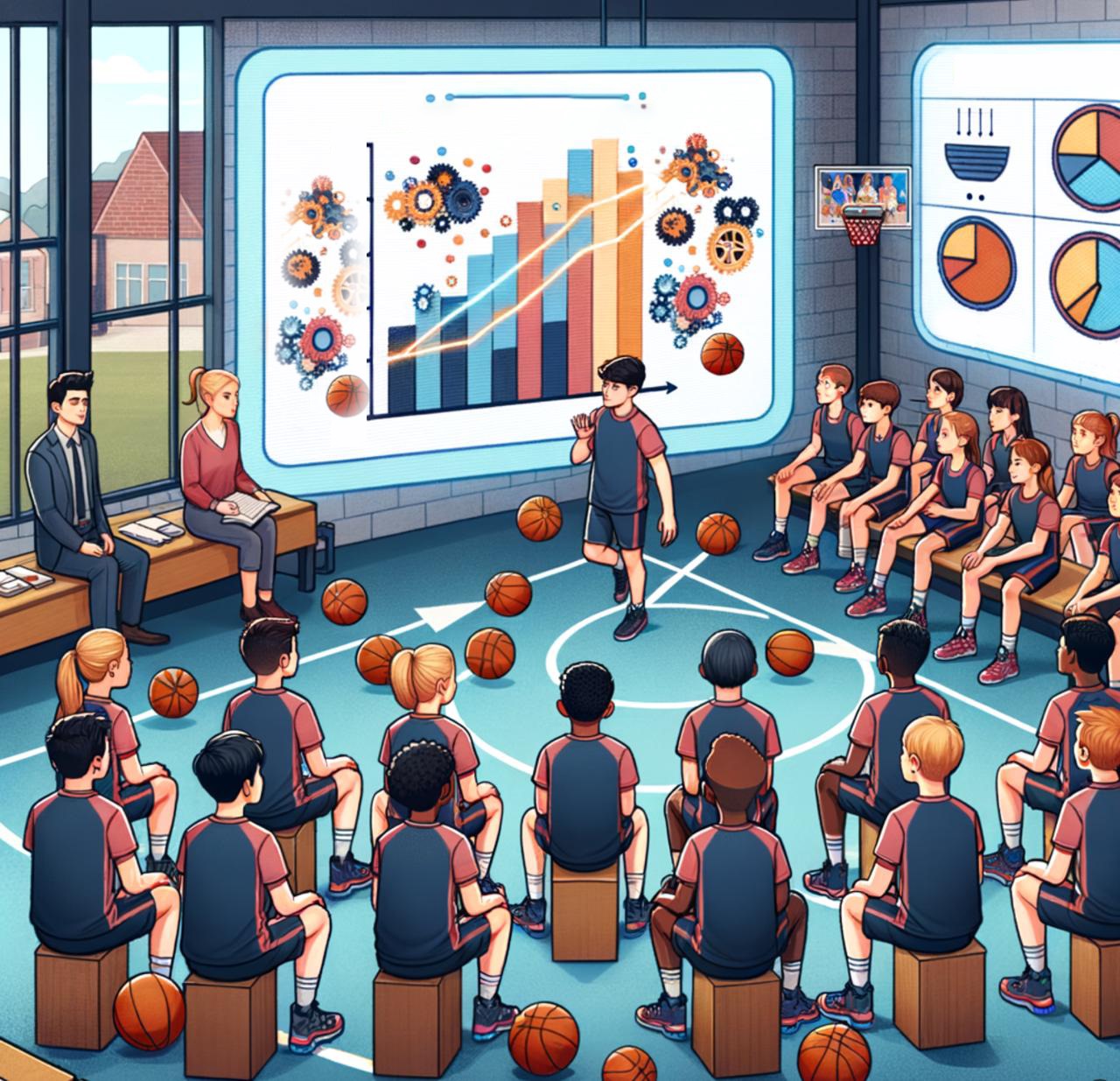The Impact of Redundancy and Video Control on Tactical Learning in Basketball within the Context of Physical Education
Abstract
This study examines the impact of redundancy and rhythm control in video on the development of tactical knowledge in basketball among 15-16-year-old learners. Participants were exposed to four conditions: "Audio without control" format (N = 20), redundant "Audio + Text without control" format (N = 20), "Audio with control" format (N = 20), and redundant "Audio + Text with control" format (N = 20). Results revealed that students achieved higher comprehension and transfer scores in the two conditions where the video was controlled. Additionally, performance demonstrated a negative impact of redundancy on learning. However, these negative effects dissipated, even reversed, in learner-controlled video conditions, accompanied by improvements in performance. Consequently, processing difficulties induced by redundancy were mitigated by pause intervals, enabling a focus solely on written content and facilitating memorization. Thus, to attenuate the negative effect of redundancy, it would be appropriate to present textual support after oral presentation and demonstration of tactical actions during video-based learning in Physical Education.

Downloads
Published
Issue
Section
License
Copyright (c) 2024 Montassar Ben Romdhane, Aïmen Khacharem (Author)

This work is licensed under a Creative Commons Attribution-NonCommercial 4.0 International License.






